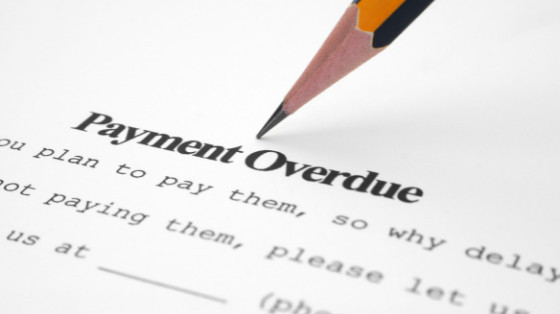What to Do When Customers Refuse to Pay Their Bills?
Nobody creates products and services out of the kindness of their hearts. The ultimate goal is to get paid and build personal wealth. But if your customers refuse to pay you, that becomes impossible.
And if too many of them refuse to do so, then it can radically harm your enterprise.
In this post, we take a look at some of the things that you can do to get people to pay you and collect on overdue payments. Check them out below.
Set Out Costs And Terms Before Starting Any Project
Image Credit: Pexels – CC0 License
Ideally, before you start working for a client, you’ll want to do two things:
- Set out how much the work is going to cost, including all fees and expenses
- Tell them when they need to pay
You can either ask for money upfront, in instalments or at the end of the project, depending on the service that you offer.
In some cases, you may need to get them to sign a contract and set out how much it is likely to cost if they make changes to their plans.
 Try Billing Upfront
Try Billing Upfront
Instead of sending an invoice and allowing items to sit in your accounts receivable for months, try billing customers upfront – a practice more and more businesses are using.
This way, you can ensure that you have money in your account before investing any of your time, labour or resources.
Send Your Invoices Immediately
Organisations like OnPay Solutions recommend sending your invoices to clients immediately and tracking their delivery. If you do this by email it should be easy.
You can increase the likelihood that clients will pay digital invoices there and then by using services that allow you to add card and bank transfer payment options. You can also try requiring an immediate security deposit payable before work gets underway.
Don’t Allow Late Customers To Slip Through The Net
Late customers can get into a habit of failing to pay you on time, eating into your cash flow. When people pay late, they are essentially borrowing from you without paying interest.
Try and see if you can add interest penalties to late payments and encourage late customers to pay on time. If they still refuse to pay you the money they owe you, then you can change their payment options in the future, asking for money upfront for any work you carry out.
Set Up Payment Plans
Sometimes, customers can get into financial difficulties and find it hard to pay you. In cases like these, therefore, it’s critical to set up payment plans. These allow clients to spread the cost of services across multiple payments, perhaps spread months apart.
Importantly, these plans include interest payments and fees to compensate you for collecting a late payment.
If customers still refuse to pay, then you’ll need to set up a system or reminders and demands. Before making any payment demand, pre-check that the customer is satisfied with the service that they received. Sometimes, they won’t be.
In most cases, though, clients don’t pay because of their own financial difficulties. It’s up to you to work through a plan that works best for both you and them.


